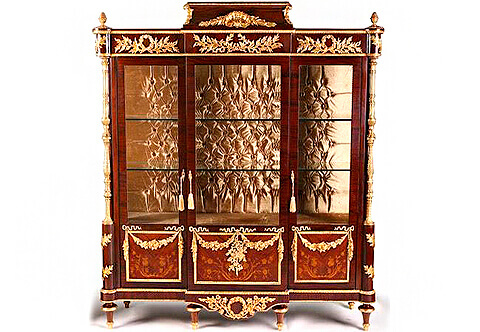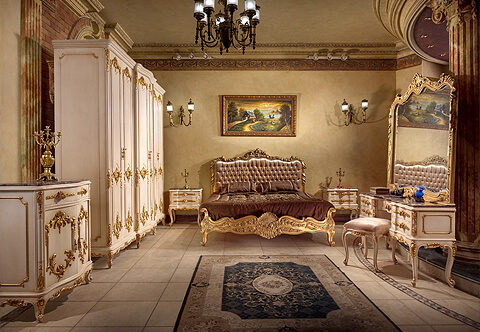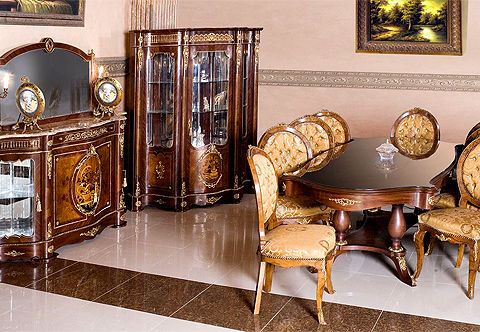French Empire Neoclassical style ormolu female busts and paw feet mounted veneer inlaid marble topped Plant Stand after the model by François-Honoré-Georges Jacob-Desmalter
Ref#ST-3212 | Description
A stunning French 19th century Empire Neoclassical style ormolu-mounted veneer inlaid marble topped Pedestal after the model by of François-Honoré-Georges Jacob-Desmalter;
The handsome pedestal is raised by an elegant sans-traverse veneer inlaid triangular base with concave sides on bun feet;
The lightly curved supports display robust design, unique and most decorative ormolu paw feet headed with pierced ormolu leaves; the three supports are tied to the bottom with an imitation of a wooden scepter surmounted by an ormolu acorn finial and display at the top striking richly chased ormolu headdress female busts on suspending acanthus leaves. Above is the veneer and double filet inlaid circular tier ornamented to the bottom with a delicate ormolu band and topped with an inset marble top and three ormolu leaves above each support.
Ref#ST-3212
H:126 x W:45 x D:45cm
Empire Neoclassical Style | François-Honoré-Georges Jacob-Desmalter
François-Honoré-Georges Jacob-Desmalter
François-Honoré-Georges Jacob-Desmalter ran one of the most important and prosperous furniture workshops in Paris at the beginning of the 1800s. The son of a well-known chairmaker, Georges Jacob, Jacob-Desmalter took over his father's business with his older brother in 1796. When his brother died six years later, Jacob-Desmalter hired his father back as his partner and began to develop one of the largest furniture workshops in Paris. By 1808 he employed 332 workmen to produce pieces worth over 700,000 francs per year. A third of this stock was destined for export; his warehouse alone held over 500,000 francs' worth of furniture.
Furniture produced by the firm of Jacob-Desmalter et Cie (Co.) was mainly made from mahogany in the Empire style, where geometric shapes and straight lines prevailed. The clients included Pauline Borghese, Napoleon I's sister, and the Empress Josephine, for whom he supplied numerous pieces for the imperial residences. One particularly important commission was a magnificent cradle built for the infant Napoleon II, king of Rome.
Greatly dependent on orders from Napoleon's household, the business went bankrupt in 1813, when the Emperor fell from power. Jacob-Desmalter, however, managed to resurrect the company and continued to run it until his son, Alphonse-George, succeeded him in 1825. (Getty Museum)
The Empire Style
The period of Napoleonic rule lends its name to the late Neoclassical style that characterizes artistic creations of the era, including the Directory and Consulate periods. Napoleon I visited French textile, porcelain, and furniture workshops to encourage their increased production for the greater glory of France, and all of the arts served to promote his regime. Revolutionary conquests were echoed in the fine and decorative arts, in which figures of Fame and Victory abounded. Antique forms and ornament, already seen in the Louis XVI style, blended with Napoleon’s imperial symbols, which included the bee, the letter N surrounded by a laurel wreath, stars, the eagle, and exotic hieroglyphic motifs culled from the Egyptian campaign (May 1795–October 1799). Empress Joséphine was fond of swans; they decorate the chair arms, curtains, carpets, and porcelain in the state rooms of her home at Malmaison.
Courts across Europe adopted the Empire style, especially in Russia, where it became a staple. In Germany and Austria, it coexisted with the gentler Biedermeier associated with modest domestic interiors. Charles Percier (1764–1838) and Pierre François Léonard Fontaine (1762–1853) were the two most influential figures in the field of Empire decoration and furnishing. Official architects to the court of Napoleon, their main responsibility was the renovation of the various royal residences. Their Recueil des décorations intérieures (1812) was an essential handbook of the Empire style.
Egyptian elements and themes were imported and distributed principally by Baron Dominique-Vivant Denon (1747–1825), the archaeologist to the Middle East expedition. In 1802, he published Voyage dans la Basse et la Haute Égypte pendant les campagnes du Général Bonaparte, in which drawings and etchings of herms, palm leaves, mummified Egyptians, caryatids, and other exotica are copied directly from temples, funeral columns, and royal tombs. Later appointed director of the Central Museum of Arts (Louvre), Denon was instrumental in associating the future emperor with Egyptianized design in France, though Egyptomania already had became à la mode in the eighteenth century.
Neoclassical and Egyptian images enlivened Empire objects of every description, including wall decorations (27.191.2), silver, papiers peints (wallpaper) by Jean Zuber and Joseph Dufour, fabrics from Jouy and Lyon, Gobelins tapestries, Sèvres and Dagoty china, and furniture. Usually made of mahogany from Cuba and the Antilles (which replaced the variety of precious woods previously used), and fitted with brass and ormolu figurines drawn from myth and history, Empire furniture was largely austere and geometric. Goldsmith Pierre Philippe Thomire (1751–1843) drew recognition as a skilled maker of bronze mounts for such pieces. Henri Auguste (1759–1816), Jean-Baptiste-Claude Odiot (1763–1850), and Martin-Guillaume Biennais (1764–1843) (34.17.1a-c) crafted elegant services, nefs, jewels, and snuffboxes in precious metals for the emperor and empress, sometimes after Percier and Fontaine designs. (Met Museum)

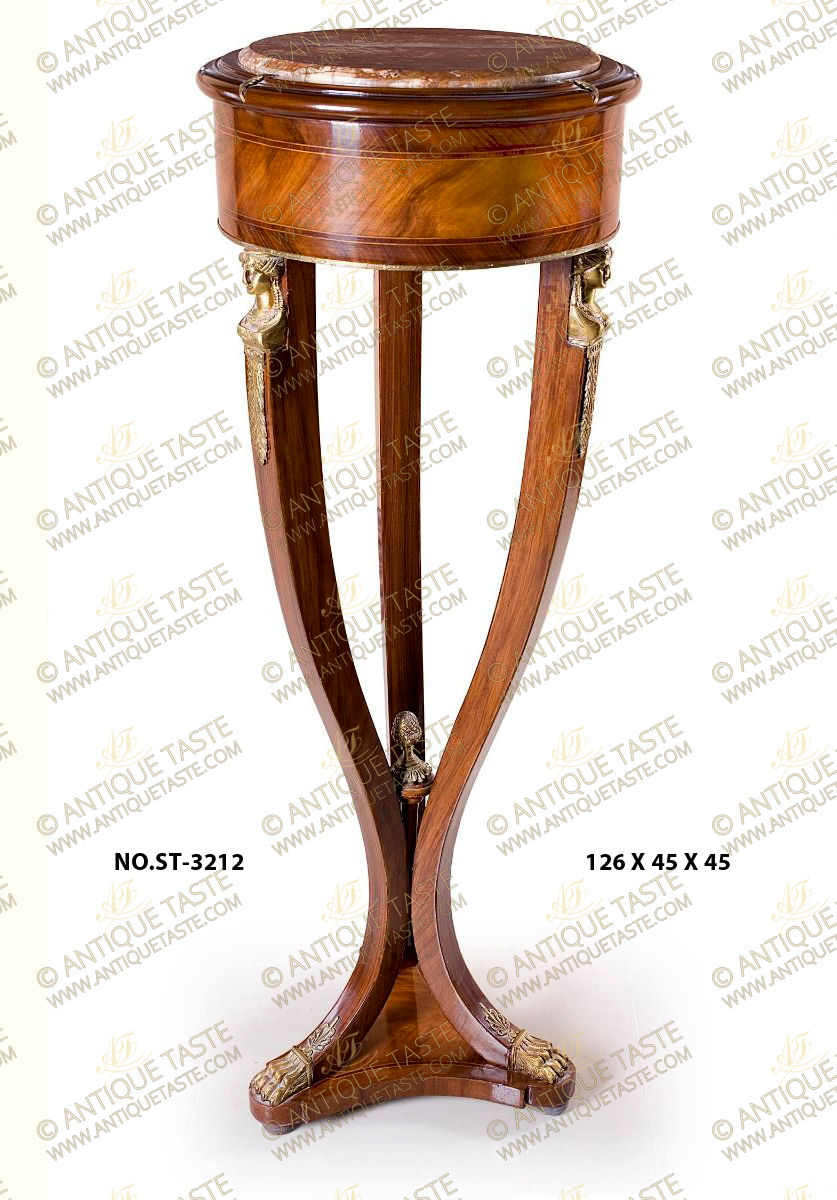
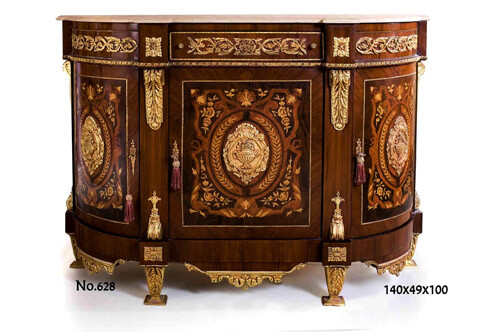
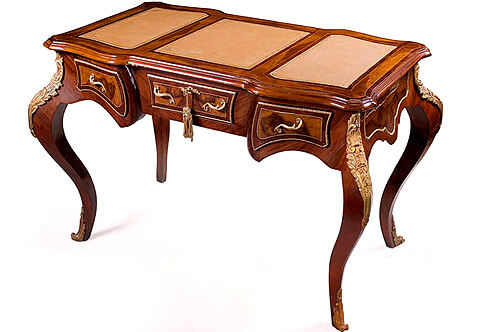
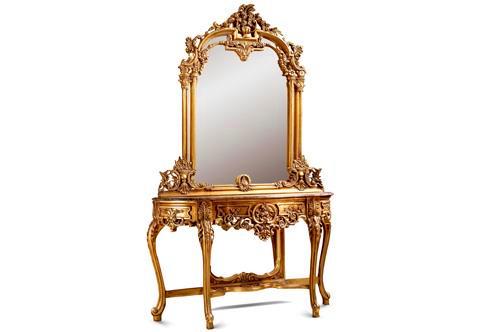
.jpg)
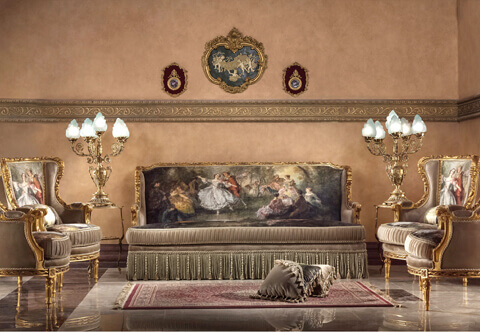
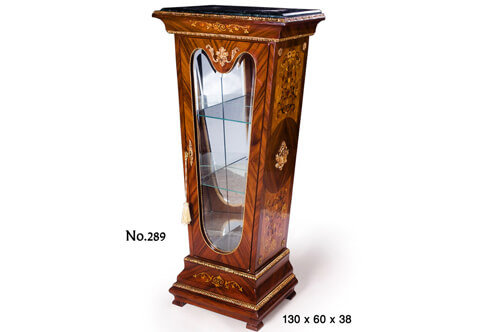
.jpg)
